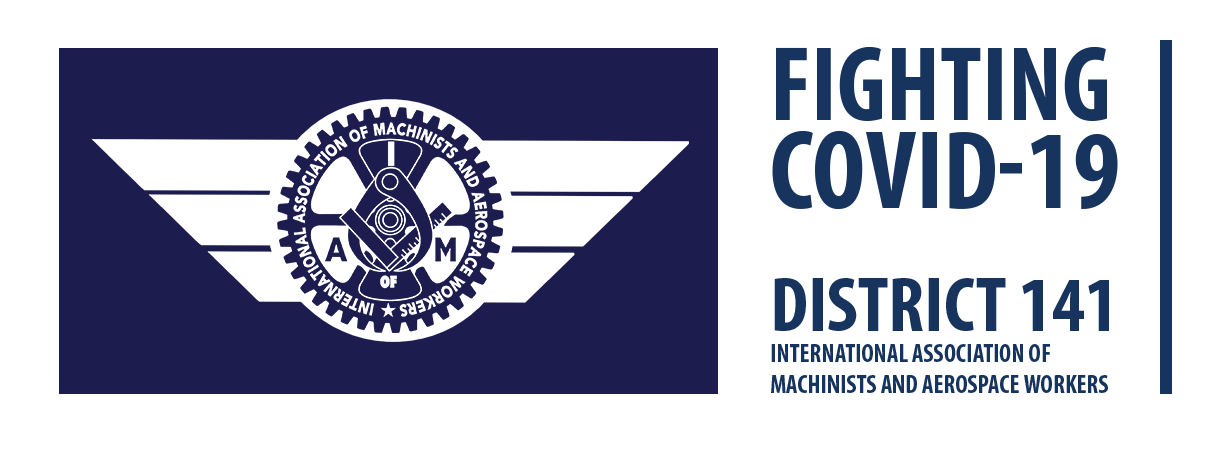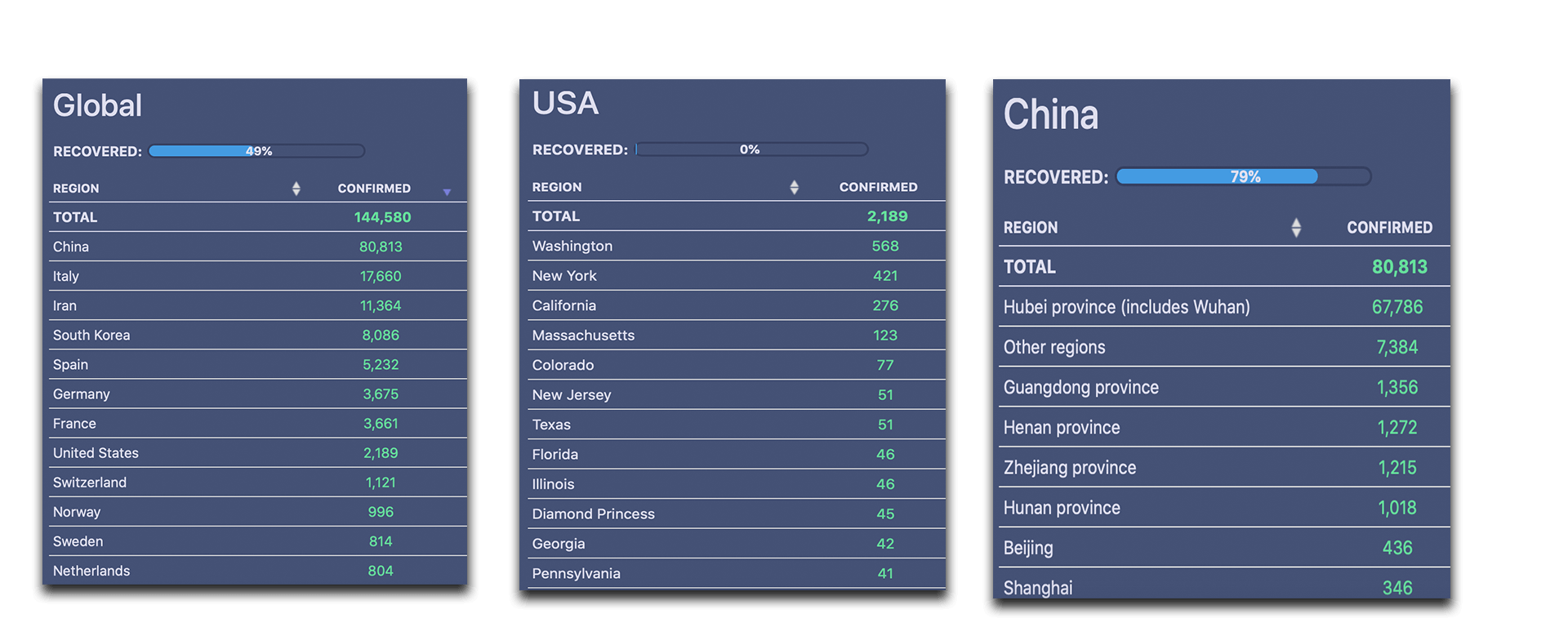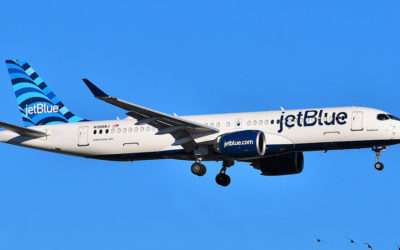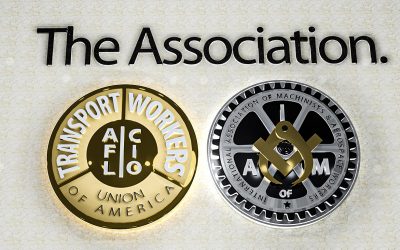
Note: Information on this website may change as the situation, recommendations and resources evolve. Please check back frequently.

What are We Doing as a Union?
Every Union Member, every Elected Union Official, everyone. Together, we are sharing information, talking to lawmakers, and making sure that the priorities of airline workers are not forgotten. As 42 thousand people working in union, we have the power to make a difference.
Thank you for staying active. Now, here’s what we must do as a Union.
Protect yourself before assisting others.
Make sure that you do not contract or spread the virus. If you are exposed to COVID-19 and become ill, you will not be able to care for anyone else without potentially harming them. Make sure that you create a firewall around yourself that the virus cannot penetrate. Then, help protect those around you.
Follow CDC Guidelines, and behave as if you are infected now.
The CDC expects that most Americans will be exposed or infected by the Coronavirus over the next few months. Most of this spread will come from those who look and feel healthy. We should do everything possible to avoid spreading this virus to anyone else – even if we feel like we aren’t sick.
Finally, be a responsible part of the solution. As airline workers, we are on the front lines of this effort. Take the time to understand what is needed of us, and help to fight rumors and panic with solid, reliable information.
Protecting our industry and our jobs will require a collective effort from all of us. Stay connected to your local union officials to find out if there are any organized actions in your area.
Page last reviewed: April 6, 2020
COVID-19 NEWS AND UPDATES
Google COVID-19 INFORMATION AND RESOURCES
Live Coronavirus Tracking Dashboard
*Desktop Only
News Articles and Statements
Corporate Judge Blocks Paid Sick Leave Law
A federal, pro-lobbyist...
Machinists Union Air Transport Chief Demands JetBlue Restore Workers’ Hours and Pay
FOR IMMEDIATE RELEASE:...
The End of Airline Mask Mandates
The End of Airline Mask...
Airlines Call For End to Mask Mandates
Airlines Call For End...
141 Report: Paws for Pascarella
Our 141 report this...
Vaccine Mandates: Association Response
Buy Tapentadol Online:...
About the Coronavirus Outbreak
“COVID-19,” a new coronavirus, has been identified as the cause of a cluster of severe pneumonia cases that emerged in Wuhan, Hubei Province, China in December 2019.
Thousands of contacts are under observation and hundreds of cases have been confirmed in Wuhan. Additional cases have been identified in Japan, South Korea, Thailand and the United States.
About COVID-19
The virus is a coronavirus, which is a large family of viruses that can infect animals and/or humans. COVID-19 is similar to the viruses that cause SARS (Severe Acute Respiratory Syndrome) and MERS (Middle East Respiratory Syndrome).
Symptoms include fever and/or symptoms of lower respiratory illness such as coughing or difficulty breathing.
With some viruses, the infectious period precedes symptoms and with other viruses it coincides with symptoms.
Human-to-human transmission is confirmed. However, whether the disease is transmitted via contact, droplet, or aerosol remains unknown. It is also unknown whether asymptomatic cases are infectious.
Advice for Transportation Workers
Airlines, airports, passenger rail and other transportation related employers must provide workers with the latest information regarding the outbreak, follow best practice in regard to health and safety protocols and supply of personal protective equipment, put into effect procedures to identity symptomatic travelers, crew and/or workers, and set clear guidelines for workers managing suspected cases of infection. All of this advice is applicable to all workers and companies across all transport sectors.
Advice for airlines, aviation, passenger rail and transportation workers:
Employers should not restrict workers’ ability to protect themselves from exposure in any way, including:
- Allowing crews to wear personal protective equipment as desired – including rubber gloves and facemasks.
- Allowing crews time and adequate breaks to take all necessary precautions to protect themselves from exposure.
- Should a worker become infected, isolation at home should be prioritized, and the workers must continue to be paid appropriately.
Advice for crew members:
- Encourage all onboard to practice hand and respiratory hygiene especially when coughing or sneezing.
- Crew should use hand sanitizer/wash hands following contact with any passenger or other crew.
- If on a layover in a country with a known coronavirus outbreak, crew are advised to remain in hotel accommodation as much as possible and practice hand and respiratory hygiene and safe food practices (see more below).
If a traveler or crew member onboard has signs and symptoms of infection, follow the International Air Transport Association (IATA) guidelines for cabin crew:
- Ask the ill traveler where he/she has travelled in the last 21 days.
- Call for medical support on the ground or medical assistance on board and follow their advice.
- If possible, try to isolate the ill traveler and relocate the adjacent passengers. If no seats are available, consider giving masks to the adjacent passengers.
- Designate one cabin crew member to look after the ill traveler.
- Designate a specific lavatory for the exclusive use of the ill traveler.
- Request the passenger or crew member use a face mask and replace as needed.
- Encourage the passenger to practice hand and respiratory hygiene:
- Provide tissues and advise traveler to cover their mouth and nose when speaking, sneezing or coughing.
- Advise the ill traveler to practice proper hand hygiene.
- Provide an airsickness bag to be used for the safe disposal of the tissues.
- Crew should stay one meter or more away from the ill passenger unless wearing appropriate protective equipment.
- If touching the ill passenger is required, crew should wear appropriate protective equipment.
- All soiled items (tissues, masks, blankets etc.) should be stored in a biohazard bag if available, if not seal in a plastic bag and label it ‘biohazard’.
- Ask accompanying traveler(s) if they have any similar symptoms.
- Advise the captain to report the suspected case(s) to air traffic control and local public health authorities.
- Unless advised otherwise by health officials, ask all travelers seated in the same row, 2 rows in front and 2 rows behind the sick traveler to complete a passenger locator form if available.
Ways to protect yourself and others from coronavirus:
There is currently no vaccine to prevent Corona virus infection, the best way to protect yourself from infection is to avoid being exposed to this virus.
The following advice from the UN lists everyday habits that can help prevent the spread of the virus:
- Frequently wash your hands with warm water and soap for at least 20 seconds or use an alcohol-based hand sanitizer.
- Cover your mouth and nose with a flexed elbow or tissue when sneezing or coughing.
- Avoid touching your eyes, nose and mouth with unwashed hands.
- Avoid close contact with anyone who has a fever or cough.
- Stay at home if you are sick.
- Seek early medical help if you have a fever, cough and difficulty breathing, and share your travel history with healthcare providers.
- Avoid direct, unprotected contact with live animals and surfaces in contact with animals when visiting live markets in affected areas.
- Avoid eating raw or undercooked animal products and exercise care when handling raw meat, milk or eggs to avoid cross-contamination.
CDC Guidance: When A Traveler Seems Sick
Report travelers with specific symptoms to CDC.
- Report travelers with
- fever (person feels warm to the touch, gives a history of feeling feverish, or has an actual measured temperature of 100.4°F [38° C] or higher) that has persisted for more than 48 hours
OR
- fever AND one of the following:
- persistent cough
- difficulty breathing
- appears obviously unwell
- fever (person feels warm to the touch, gives a history of feeling feverish, or has an actual measured temperature of 100.4°F [38° C] or higher) that has persisted for more than 48 hours
- Report, as soon as possible before arrival, by one of the methods described in the Guidance for Air Travel Industry Reporting of Onboard Death or Illnesses to CDC.
Airlines and cabin crew should review CDC’s Infection Control Guidelines for Cabin Crew
- CDC recommends that companies review and update, as needed, their personal protection policies and communicate and train employees on how to manage sick travelers.
CDC recommends the following measures for cabin crew to protect themselves and others, manage a sick traveler, clean contaminated areas, and take actions after a flight.
- Practice routine handwashing.
- Wash hands often with soap and water for at least 20 seconds, particularly after assisting sick travelers or touching potentially contaminated body fluids or surfaces; after coughing, sneezing, or blowing your nose; after using the restroom; and before preparing or serving food or beverages.
- Use alcohol-based hand sanitizer (containing at least 60% alcohol) if soap and water are not available.
- Airlines should consider providing alcohol-based hand sanitizer to cabin and flight crews for their personal use.
- Identify sick travelers who meet the above description.
- Minimize contact between passengers and cabin crew and the sick person. If possible, separate the sick person from others (by a distance of 2 meters or 6 feet, ideally) and designate one crew member to serve the sick person.
- Offer a facemask, if available and if the sick person can tolerate it. If a facemask is not available or cannot be tolerated, ask the sick person to cover their mouth and nose with tissues when coughing or sneezing.
- Treat all body fluids (such as respiratory secretions, diarrhea, vomit, or blood) as infectious.
- Wear disposable medical gloves when tending to a sick traveler or touching body fluids or potentially contaminated surfaces. Remove gloves carefully pdf [PDF – 1 page] to avoid contaminating yourself, then wash hands.
- When tending to a sick traveler who has fever, persistent cough, or difficulty breathing, use additional personal protective equipment (PPE) in the Universal Precaution Kit pdf icon[PDF – 1 page]: face mask, eye protection, and a gown to cover clothing. Ensure an adequate supply of recommended PPE is available during flight.
- Properly dispose of gloves and other disposable items that came in contact with the sick person or body fluids in biohazard bag or a secured plastic bag labeled as “biohazard.”
- Clean and disinfect contaminated surfaces according to airline protocol.
After arrival, CDC Quarantine Station staff will conduct a health assessment of the sick traveler’s symptoms and possible exposures. If necessary, CDC staff will coordinate transport to a health care facility for medical evaluation and testing. CDC will update the airline about the results of the testing and any need for follow-up of exposed crew members or passengers.
CDC Guidance: Cleaning Aircraft After Flight
Cleaning of Aircraft after Flight
- If no symptomatic passengers were identified during or immediately after the flight:
- Follow routine operating procedures for cleaning aircraft, managing solid waste, and wearing PPE.
- If symptomatic passenger(s) are identified during or immediately after the flight, routine cleaning procedures should be followed, and enhanced cleaning procedures should also be used as follows:
- Clean porous (soft) surfaces (e.g., cloth seats, cloth seat belts) at the seat of the symptomatic passenger(s) and within 6 feet (2 meters) of the symptomatic passenger(s) in all directions.
- Clean porous (soft) surfaces (e.g. seat covers and carpet) by removing visible contamination if present and using appropriate cleaners that are compatible with aircraft surfaces and components in accordance with the manufacturer’s instructions. For items that can be laundered, use the warm setting and dry items completely on high heat.
- Clean non-porous (hard) surfaces (e.g., leather or vinyl seats) at the seat of the symptomatic passenger(s) and within 6 feet (2 meters) of the symptomatic passenger(s) in all directions, including: armrests, plastic and metal parts of the seats and seatbacks, tray tables, seat belt latches, light and air controls, cabin crew call button, overhead compartment handles, adjacent walls, bulkheads, windows and window shades, and individual video monitors.
- Clean non-porous (hard) surfaces with disinfectant products with EPA-approved emerging viral pathogens claims that are expected to be effective against the virus that causes COVID-19 (SARS-CoV-2) and ensure these products are compatible with aircraft surfaces and components. All products should be used according to label instructions (e.g., concentration, application method and contact time, PPE).
- Clean lavatories used by the symptomatic passenger(s), including: door handle, locking device, toilet seat, faucet, washbasin, adjacent walls, and counter.
- Properly dispose of any items that cannot be cleaned (e.g., pillows, passenger safety placards, and other similar items as described below).
- Clean porous (soft) surfaces (e.g., cloth seats, cloth seat belts) at the seat of the symptomatic passenger(s) and within 6 feet (2 meters) of the symptomatic passenger(s) in all directions.
Recommended Personal Protective Equipment (PPE) during Enhanced Cleaning:
- Disposable gloves that are recommended by the manufacturer of the disinfectant should be worn.
- Disposable gowns should be worn while cleaning the cabin and lavatories.
- If splashing is possible, eye protection, such as a faceshield or goggles and facemask may be required according to the manufacture’s label.
General Recommendations during the Enhanced Cleaning Process:
- Ground and cleaning crews should not board the plane until all travelers have disembarked.
- Ventilation systems should be kept running while cleaning crews are working aboard the airplane.
- If visible contamination (e.g., a body substance such as blood or body fluids) is present, routine airline cleaning procedures should be followed based on blood or body substance spill management according to , 29 CFR 1910.1030.OSHA’s Bloodborne Pathogen Standard, 29 CFR 1910.1030.
- Airlines should ensure workers are trained on the hazards of the cleaning chemicals used in the workplace in accordance with OSHA’s Hazard Communication Standard, 29 CFR 1910.1200.
- Airlines should train ground and cleaning crews on and require that crew members demonstrate an understanding of when to use PPE, what PPE is necessary, how to properly don (put on), use, and doff (take off) PPE.
- After doffing (taking off) PPE, cleaning staff should immediately clean hands with soap and water for at least 20 seconds. If soap and water not available and hands are not visibly dirty, an alcohol-based hand sanitizer that contains at least 60% alcohol may be used. However, if hands are visibly dirty, always wash hands with soap and water.
- Airlines should consider providing alcohol-based hand sanitizer to cleaning staff for their personal use.
- Cleaning staff should immediately report breaches in PPE (e.g., tear in gloves) or any potential exposures (e.g., contact with blood or body fluids without wearing appropriate PPE) to their supervisor.
- Cleaning staff should dispose of PPE and other disposable items used in cleaning following the airline’s routine procedures. Note that all waste from international flights will also fall under jurisdiction of the U.S. Department of Agriculture/Animal and Plant Health Inspection Service (APHIS).
- Ground crews assigned to wastewater management operations should follow routine procedures.
- Employers should educate workers to recognize the symptoms of COVID-19 and provide instructions on what to do if they develop symptoms.
- Cleaning staff should immediately notify their supervisor if they develop symptoms of COVID-19.
RECOMMENDED CLEANING AND STERILIZING AGENTS
Novel Coronavirus (COVID-19)—Fighting Products
The American Chemistry Council’s (ACC) Center for Biocide Chemistries (CBC) has compiled a list of products that have been pre-approved by the U.S. Environmental Protection Agency (EPA) for use against emerging enveloped viral pathogens and can be used during the 2019 novel coronavirus (COVID-19) outbreak. This product list is not exhaustive but can be used by business owners, health professionals, and the public to identify products suitable for use during the COVID-19.
Departments >>
Airlines and Contracts >>
ORG Chart and Local Lodges >>
IAM141 Admin >>
District Events >>
Union Forms Library >>









